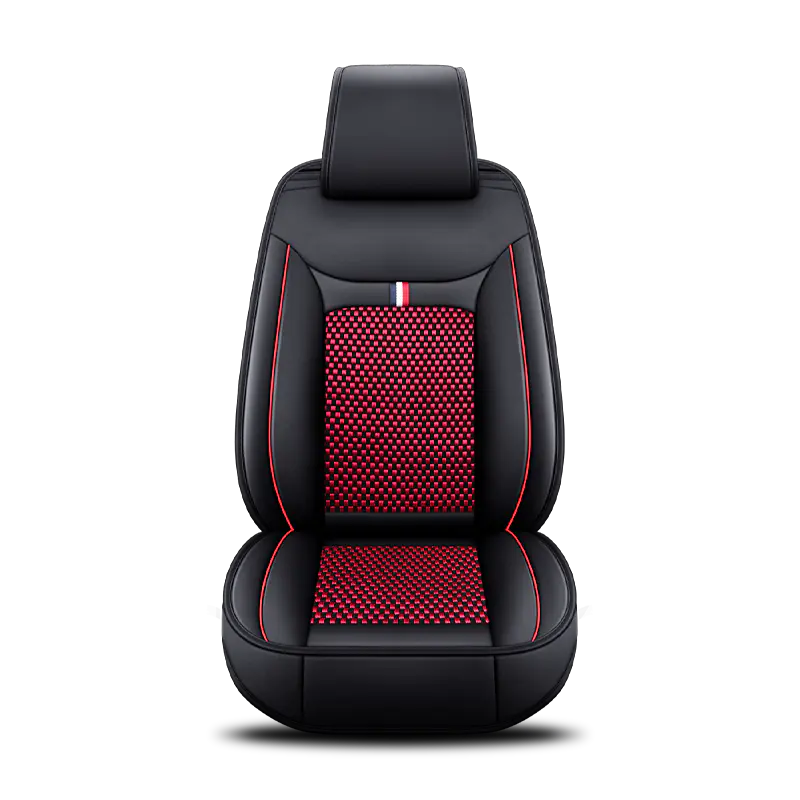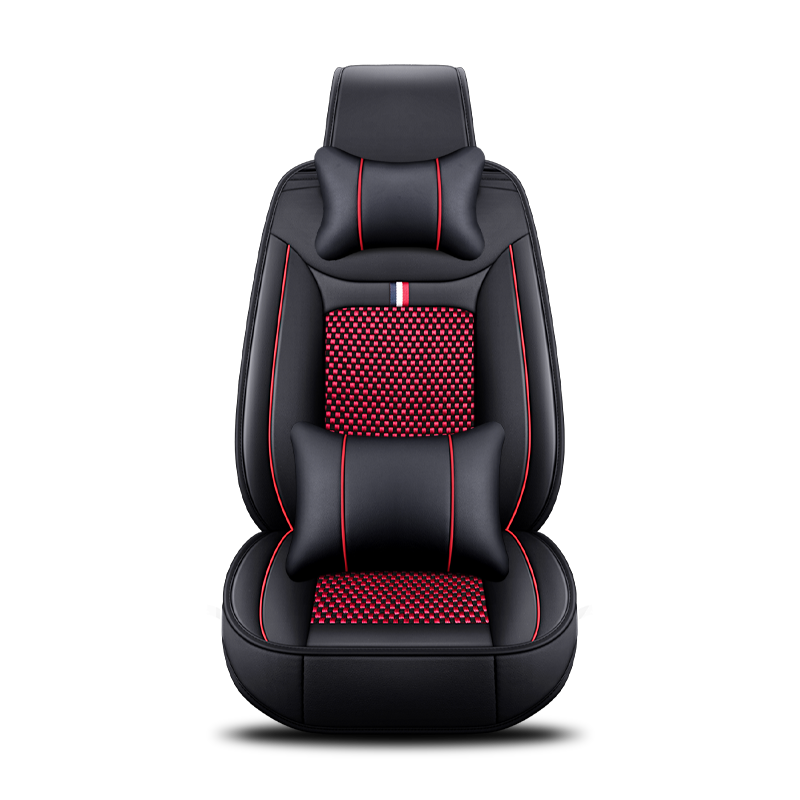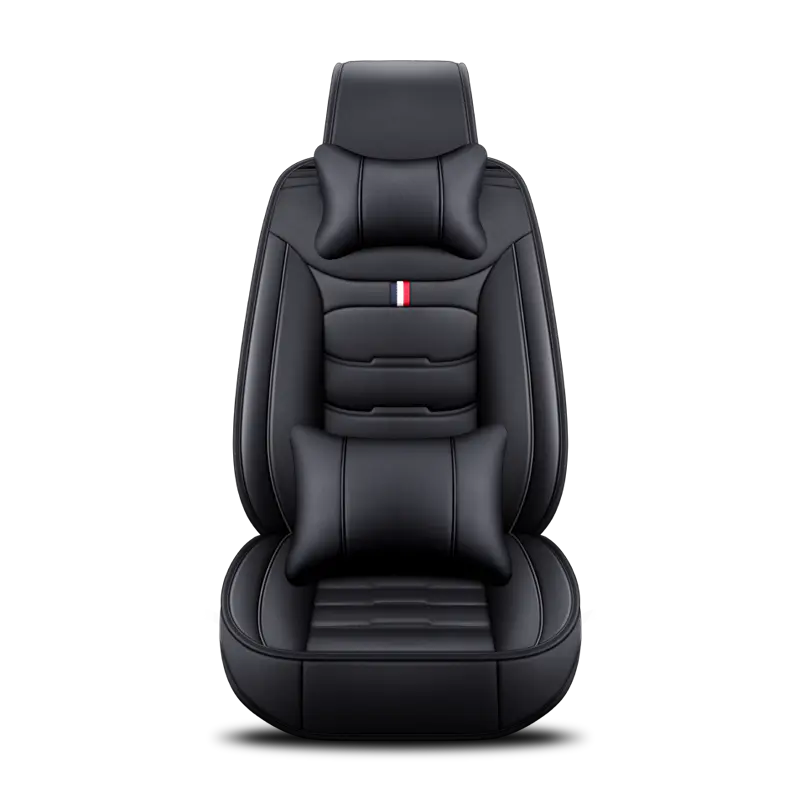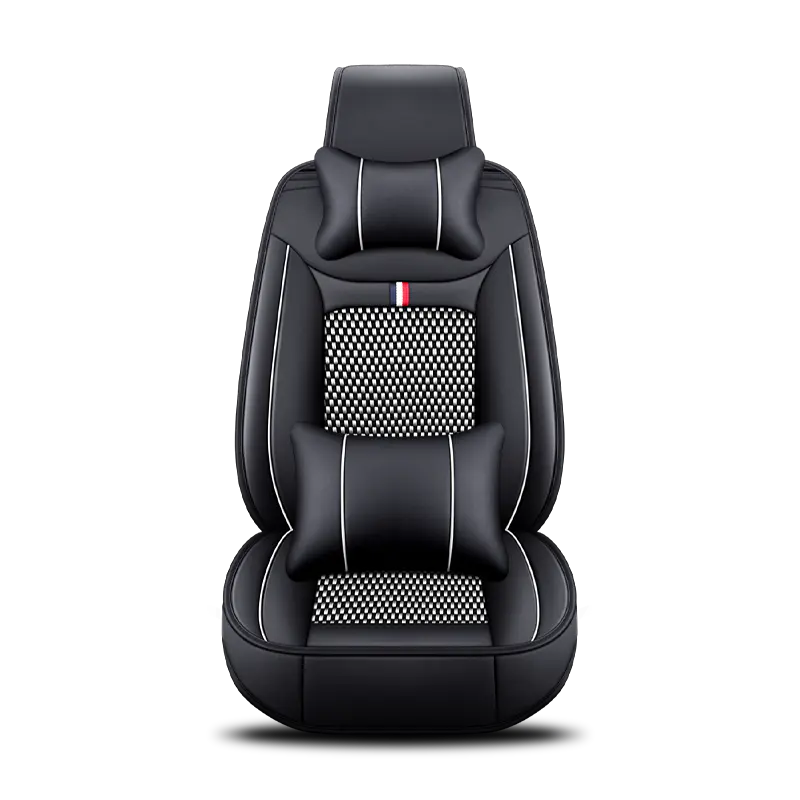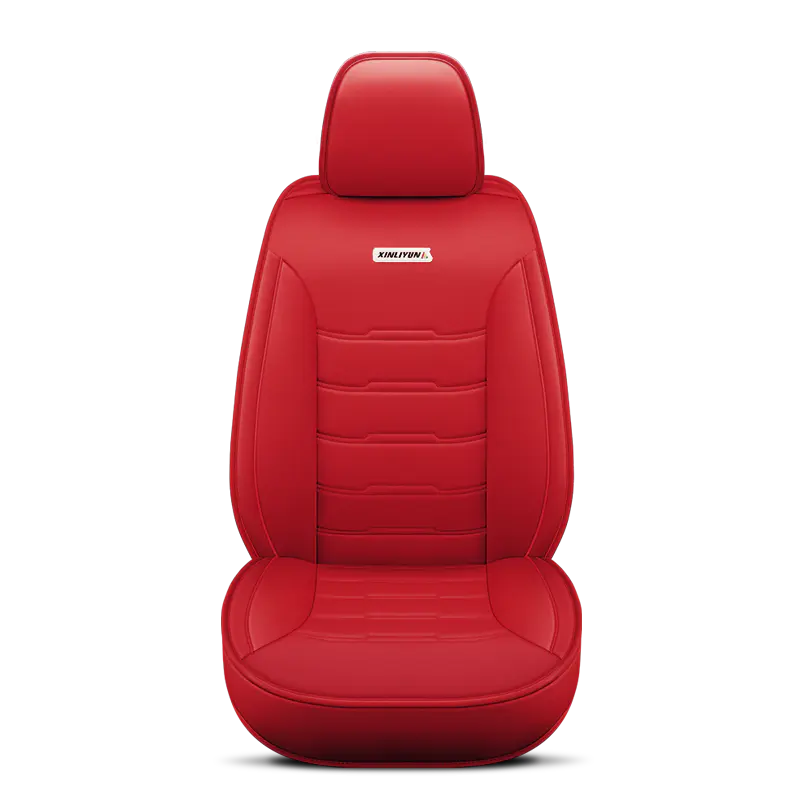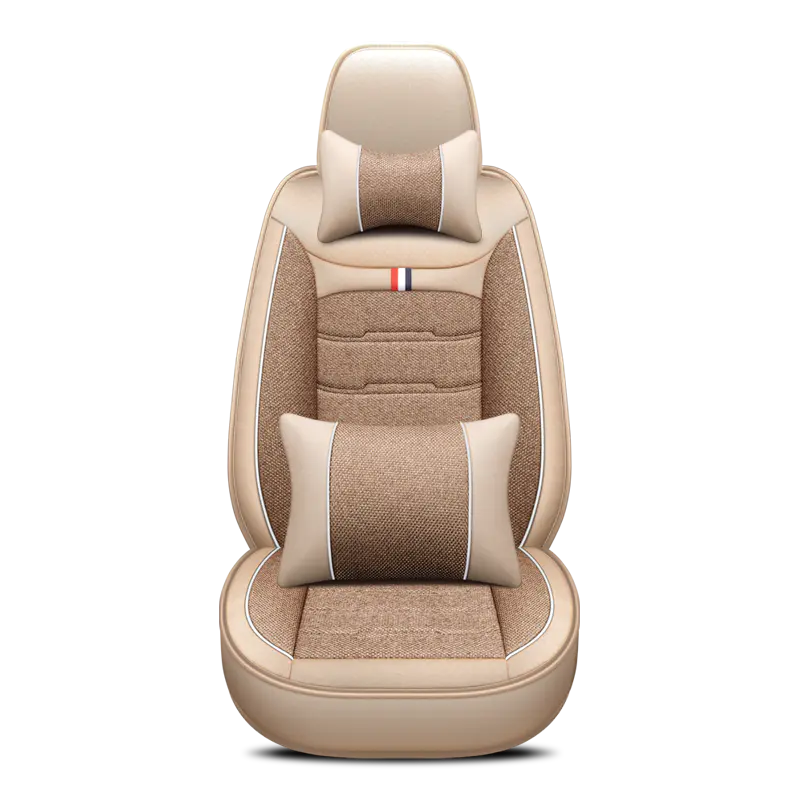The daily commute or a long road trip can be transformed by a single, often overlooked automotive accessory: the Seat Cushion for Car. For many drivers and passengers, standard vehicle seats may not provide adequate support, discomfort, fatigue, and even back pain over time. The market for a Seat Cushion for Car is diverse, offering solutions tailored to a wide array of needs, from ergonomic support to simple comfort enhancement. Understanding the different styles and choices available is key to selecting a product that effectively addresses individual requirements, ultimately contributing to a more pleasant and healthier driving experience.
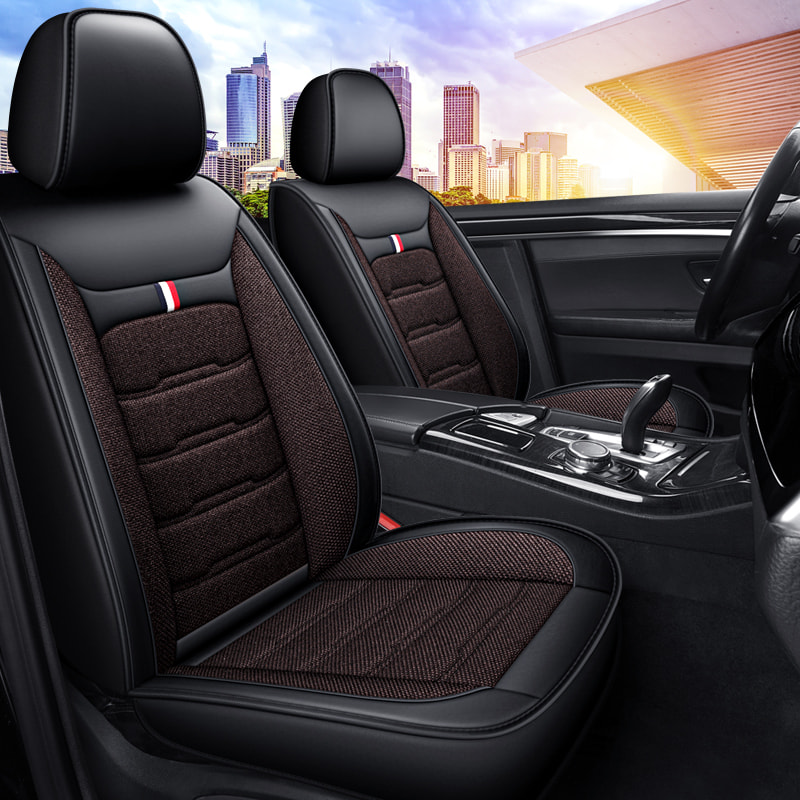
Material Composition and Basic Construction
The fundamental character of any Seat Cushion for Car is defined by its core materials, which directly influence its comfort, durability, and maintenance needs. The choice here ranges from natural fibers to advanced synthetic foams.
Memory Foam and Gel Infusions: A popular choice for a supportive Seat Cushion for Car is memory foam. This material is known for its ability to contour to the body's shape, providing even weight distribution and reducing pressure points. To address memory foam's tendency to retain heat, many models incorporate gel infusions or ventilated designs. This combination in a Seat Cushion for Car helps to regulate temperature, preventing the buildup of warmth during extended periods of sitting.
Natural and Synthetic Fibers: For those seeking a more breathable and environmentally conscious option, cushions filled with materials like cotton, wool, or kapok fiber are available. This type of Seat Cushion for Car is often lighter and provides a softer, less conforming feel. While it may not offer the same level of orthopedic support as memory foam, it is an choice for general comfort and improved airflow, making it suitable for use in warmer climates.
Beaded and Mesh Designs: A distinct category includes wooden or plastic beaded cushions, as well as those made from elasticated mesh. The beaded Seat Cushion for Car promotes air circulation and provides a massaging effect, though it offers less padding. The mesh design, often seen in seasonal covers, focuses primarily on breathability. The choice of a Seat Cushion for Car based on material is a balance between desired support, climate considerations, and personal tactile preference.
Ergonomic and Therapeutic Support Features
Beyond basic comfort, a significant segment of the market is dedicated to Seat Cushion for Car products designed with specific health and postural benefits in mind. These models often feature specialized shapes and materials to address physical discomfort.
Orthopedic Wedge Cushions (Donut Cushions): One of the recognized therapeutic styles is the wedge or "donut" cushion. This Seat Cushion for Car is characterized by a central cutout or a U-shaped design that relieves pressure on the tailbone (coccyx). It is frequently recommended for individuals with back pain, hemorrhoids, or those recovering from surgery, as it helps to properly align the pelvis and reduce strain on the lower spine.
Lumbar Support Pillows: While often attached to the seatback, lumbar pillows are an integral part of the seating system. A dedicated lumbar support Seat Cushion for Car is designed to maintain the natural curve of the lower back. By filling the gap between the back and the seat, it prevents slouching, which is a common cause of driver fatigue and back discomfort on long journeys.
Cushions with Massage and Heating Functions: Advancing in technology, some premium models of a Seat Cushion for Car incorporate electronic features. These can include gentle vibration motors for a massaging effect or integrated heating pads to soothe aching muscles. These features transform a simple Seat Cushion for Car into a multi-functional comfort device, particularly valued during cold weather or for individuals with chronic muscle stiffness.
Design and Practical Integration
The final consideration involves the physical design, attachment methods, and how well the Seat Cushion for Car integrates with the vehicle's interior and the user's lifestyle. Practicality is as important as comfort.
Non-Slip Bases and Secure Attachment: A key feature of any well-designed Seat Cushion for Car is a non-slip bottom. This is often achieved with rubberized grips or silicone patterns that prevent the cushion from sliding during driving. Many models also include elastic straps or hooks that secure the Seat Cushion for Car to the headrest or the seat itself, ensuring it remains firmly in place.

